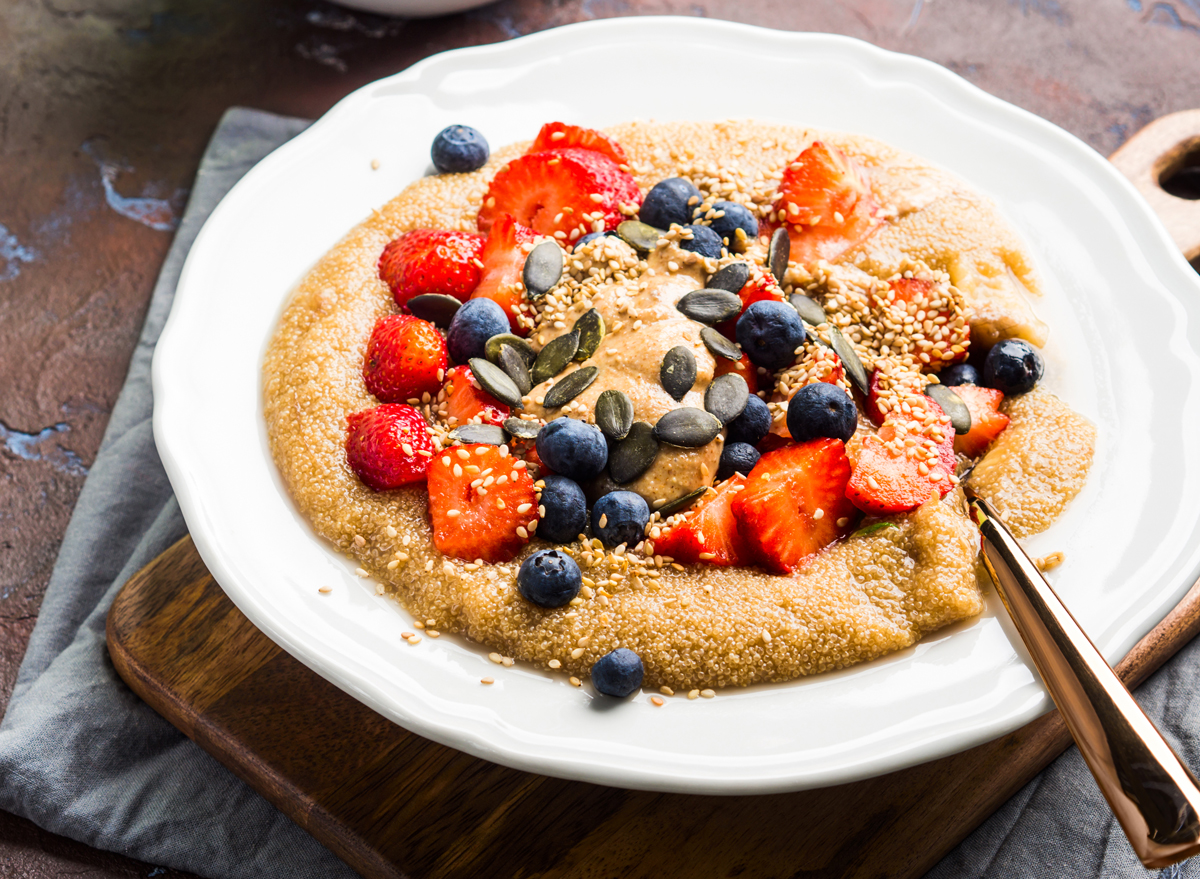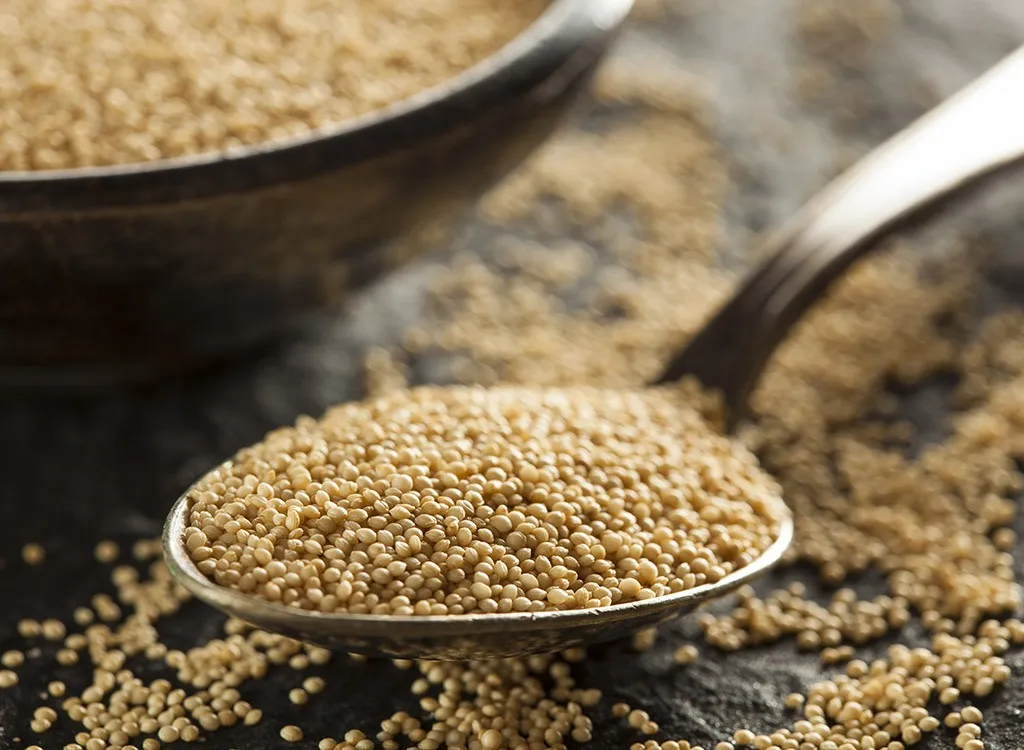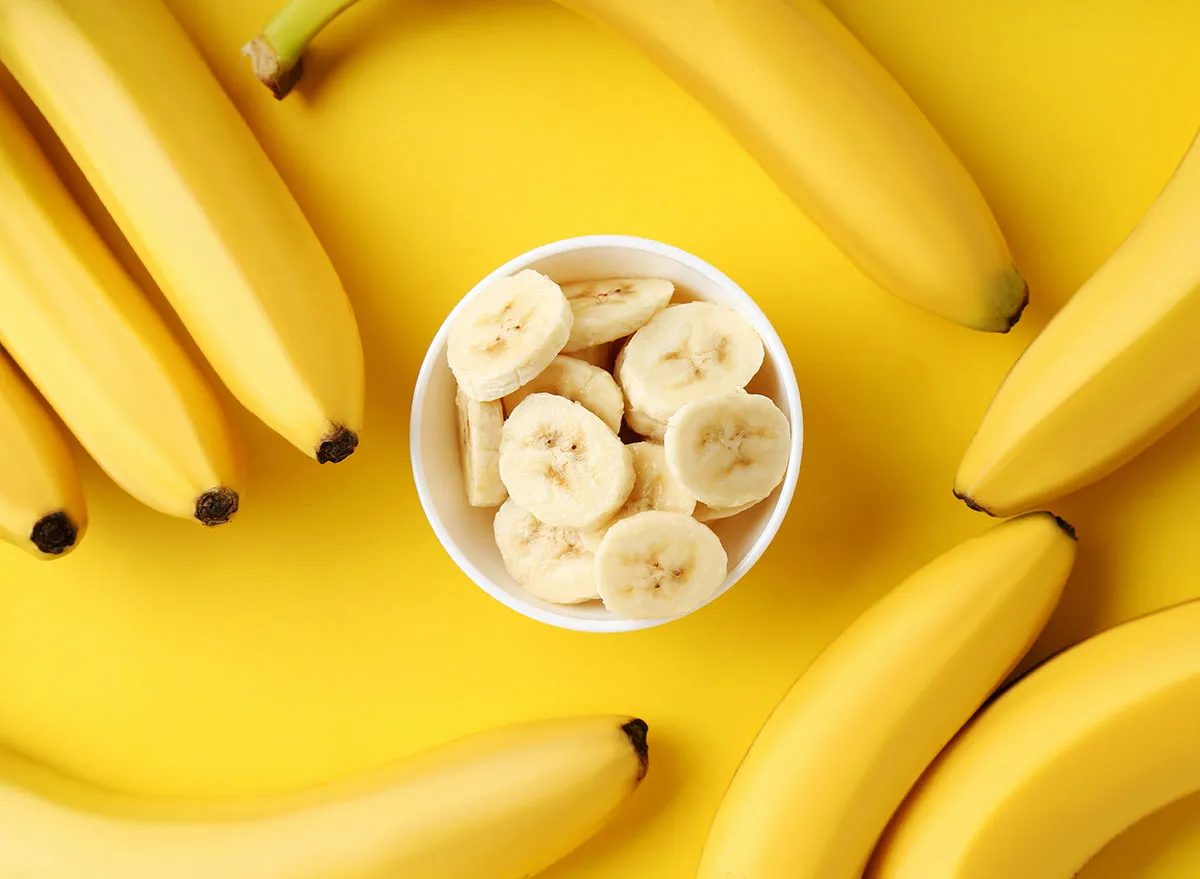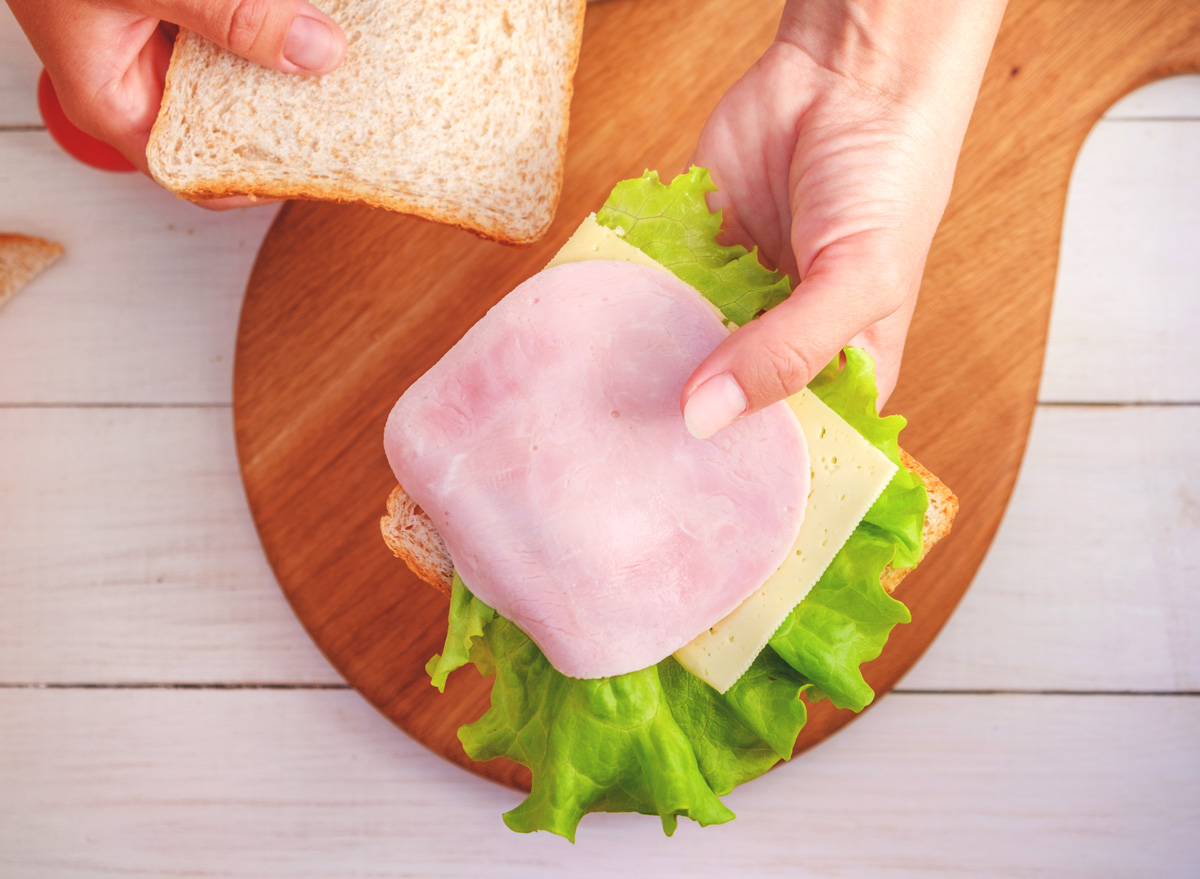The One Breakfast Food to Eat to Lower Your Blood Pressure, Says Dietitian

You can make the so-called “most important meal of the day” really count for something if you get in the habit of eating certain foods for breakfast. And we’re not just talking about healthy foods that nourish and energize your body so you can tackle the day at your best. Depending on what foods you decide you put on your plate, you can manage important aspects of your health, from your heart to your brain.
Specifically, if you’re interested in managing your blood pressure, one way you can do that beyond eating a healthy diet, exercising, and keeping stress levels low is by eating one blood pressure-managing food at breakfast: amaranth. This ancient grain is rich in fiber and magnesium: two nutrients that have been linked to low blood pressure.
Before we get into how your diet can influence blood pressure, let’s start with what blood pressure really is and how it’s linked to your overall health:
The link between blood pressure and overall health.
“Your blood pressure is the telltale sign of how hard your heart is working to pump blood and oxygen throughout the body, and if your blood pressure is high, it means there’s a lot more strain on your heart muscle,” says registered dietitian Grace A. Derocha, RD, a national spokesperson with the Academy of Nutrition and Dietetics, who has certifications in diabetes and heart disease prevention and management.
High blood pressure can foretell a related problem: stiff blood vessels. The more rigid your blood vessels, the harder your heart must work, and the combination—blood vessel rigidity and heart strain—can increase the risk of plaque build-up (atherosclerosis), heart disease, and stroke.
“We want our blood vessels to be like yoga instructors, really flexible so they don’t build up that plaque and further increase blood pressure,” Derocha says.
One breakfast food to eat to lower blood pressure is amaranth porridge.

Actually, there are lots of foods that’ll help lower blood pressure, but if you want to start your day off with a powerful blood pressure reducer meal, here’s your recipe for amaranth porridge.
Make a porridge of amaranth, an ancient grain, rich in fiber and blood pressure-lowering magnesium.
“One cup of cooked amaranth gives you 38% of your daily needs of magnesium,” says Deroacha. “Studies show that magnesium is a relaxer of blood vessels. This mineral is lacking in the American diet because we don’t eat enough fruits and vegetables, two or three servings at best when we should push 4 or 5. The people who live so long in some of those blue zone areas get 9 to 10 servings.”
The fiber in the whole grain also helps to tamp down inflammation in the body, which can impact blood pressure. (Derocha combines steel-cut oats in her amaranth hot cereal for texture and taste; amaranth has a nutty flavor.)
Top that amaranth porridge with berries and pumpkin seeds. “Pumpkin seeds are a good source of the amino acid arginine that helps produce nitric oxide, which relaxes blood vessels,” says Derocha: “The deep colors of berries come from anthocyanins that also help to increase nitric oxide.”
Add bananas to your amaranth for an added blood pressure-lowering benefit.

Bananas are well known for lowering blood pressure because they’re a good source of potassium, a mineral and electrolyte the relaxes the walls of the blood vessels. So, add them to your amaranth porridge if you wish, but you can get more potassium by making a smoothie with coconut water, says Derocha: “Coconut water has six times the amount of potassium in a banana.” She recommends a smoothie or smoothie bowl made with coconut water and frozen fruit as a perfect blood-pressure-lowering breakfast when you’re in a hurry.
To mose effectively manage blood pressure, what you eat for lunch and dinner also matters.
Don’t stop at breakfast for heart health. There are many powerful blood-pressure-lowering foods that can work into lunch or dinner. One of the best, says Derocha is Swiss chard, a leafy green rich in potassium, magnesium, and calcium that studies suggest can prevent hypertension. Other good sources of potassium and magnesium are beans and lentils, which are also high in heart-healthy fiber.
Raw carrots should be on your bp-lowering food list, too. “They contain powerful plant chemicals. Beets contain nitrates. Broccoli is rich in magnesium. Celery has a phytochemical called phthalides that helps relax blood vessels. Tip: Add celery to soups. Research suggests celery might be better for blood pressure when cooked,” Derocha notes.
You can also manage blood pressure by cutting out specific blood pressure-raising foods.
With 23 years of helping people with high blood pressure improve their diets, Derocha knows the eating strategies that work best to lower BP. But before she tells us what to do, it’s important to understand which foods cause blood pressure to rise and why.
The American Heart Association gave the worst food culprits a nickname: The Salty Six, the six common foods that are very high in sodium.
Sodium is essential to your health because it regulates the fluid balance in your body. But when you eat too much salt, it pulls more water into your blood vessels and, in turn, your bloodstream, increasing the volume of blood.
High blood volume increases pressure against the walls of your blood vessels. Over time, this elevated blood pressure injures blood vessels, encourages plaque buildup, and forces your heart to work extra hard to pump blood throughout your body.
The American Heart Association recommends we keep our sodium intake to 2,300 mg per day. For ballpark reference, you get nearly half that amount lunching on a Philly cheesesteak and fries. No wonder the average American consumes 3,400 mg of salt per day. It adds up. We love our salt. And so do food manufacturers, who pile it on for taste and its preservative power for extending shelf life. Restaurants are notorious for oversalting their offerings, too. Beware of these 10 Saltiest Restaurant Foods in America.
“The Salty Six”: 6 foods most closely linked to high blood pressure.

“The Salty Six are mostly processed foods,” says Derocha. “When life gets in the way, we reach for convenience foods.” And that can get us in trouble.
Avoiding those salty foods will help reduce high blood pressure, if you have it, she says. But you can do more by replacing them with foods that contain compounds clinically proven to drive down blood pressure and improve the health of your blood vessels.
- Breads and rolls.
- Pizza. (It’s in the dough, cheese, and sauce.)
- Sandwiches. (includes burgers, fried chicken sandwiches)
- Cold cuts and cured meats.
- Soups. (Canned soup, especially.)
- Tacos and burritos. (Watch out for those toppings and fillings.)
(For more details and an infographic, visit Heart.org.)
While food choice is a strong weapon against high blood pressure, it’s not the only one in your arsenal. Read on for advice from doctors on Proven Ways to Lower Your Blood Pressure Now, especially during the pandemic.
For more healthy eating news, make sure to sign up for our newsletter!
Read this next:








